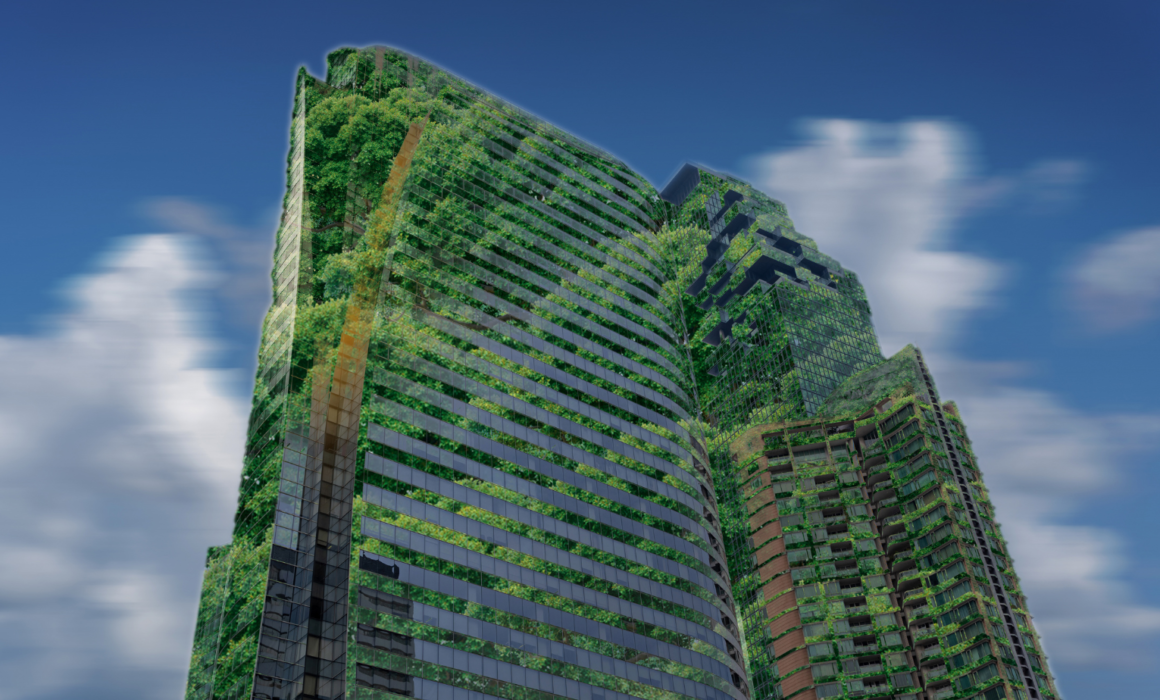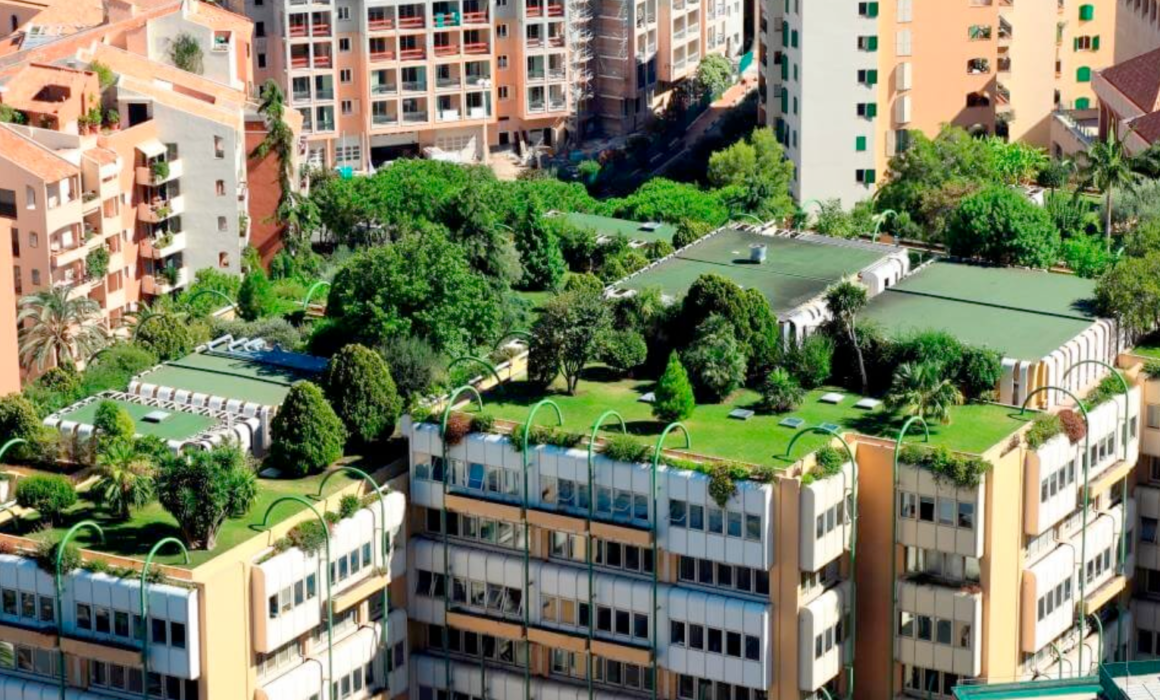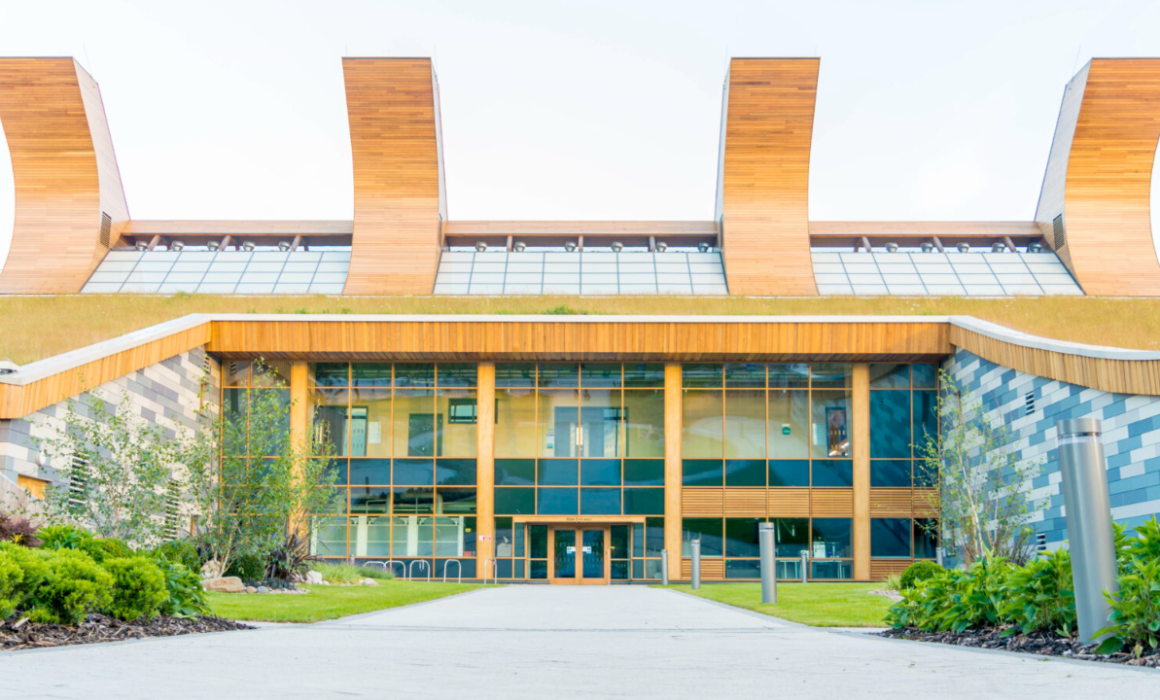Sustainable Architecture
Sustainable architecture and environmental issues are now on the agenda of companies and organizations seeking to mitigate the impact of climate change on the environment through green buildings.
The word “sustainability” and the expression “sustainable architecture” are spreading in the world of design and architecture for two main reasons: functional and formal. Any object that is considered sustainable must show ecological awareness, and its functionality must be linked to its relationship with the environment through its appearance.
In recent years, a modern building must encompass all aspects of the planning and construction process from an ecological approach, including the choice of building materials; the design and implementation of heating, cooling, plumbing, waste, and ventilation systems; and the integration of the built environment into the natural landscape.
What is sustainable architecture?
Sustainable architecture refers to the practice of designing buildings that create living environments that work to minimize the human use of resources. This is reflected in the materials and methods of construction of a building and in the use of resources, such as heating, cooling, energy, water, and wastewater treatment.
Technically speaking, sustainable architecture means that the structures thus designed “sustain” their users by providing healthy environments, improving the quality of life, and avoiding waste production, in order to preserve the long-term survivability of the human species.
Hunter and Amory Lovins, co-founders of the Rocky Mountain Institute, mention that the goal of sustainable architecture is to “meet the needs of the present without compromising the ability of future generations to meet their own needs”.
The term is used to describe various aspects of building design and use. For some, it applies to the design of buildings that produce as much energy as they consume. Another interpretation calls for an awareness of the spiritual significance of a building’s design, construction, and location. Likewise, some argue that buildings should promote their users’ spiritual and physical well-being.
Sustainable architecture designs and constructs buildings to limit their environmental impact, achieve energy efficiency, to positively impact the health, comfort, and improved livability of the inhabitants; all of this can be achieved through the implementation of appropriate technologies within the building.
It must be able to meet the demands of consumers, taking into account the time and natural resources required from the early stages of the project, entering the context in the most natural way possible, planning ahead, and making the space and materials used completely reusable.
Principles of sustainable architecture
The United Nations lists the following five principles of sustainable architecture:
- Healthy indoor environment: All possible measures should be taken to ensure that building materials and systems do not emit toxic substances and gases into the indoor atmosphere. Additional measures should be taken to clean and revitalize indoor air with filtration and plants.
- Resource efficiency: All possible measures should be taken to ensure that the building’s use of energy and other resources is kept to a minimum. Cooling, heating, and lighting systems should use methods and products that conserve or eliminate energy use. Water use and wastewater production are minimized.
- Environmentally benign materials: All possible measures should be taken to use building materials and products that minimize the destruction of the global environment. Wood shall be selected based on non-destructive forestry practices. Other materials and products should be considered in terms of toxic waste production. Many practitioners cite an additional criterion: that the long-term environmental and social costs of producing the building materials must be considered and shown to meet sustainability goals.
- Environmental form: All possible measures should be taken to relate the form and plan of the design to the site, region, and climate. Measures should be taken to “heal” and enhance the ecology of the site. Adaptations should be made for recycling and energy efficiency, and measures should be taken to relate the building form to a harmonious relationship between inhabitants and nature.
- Good design: All possible measures should be taken to achieve an efficient, durable, and the elegant relationship between area use, circulation, building form, mechanical systems, and building technology. Symbolic relationships to appropriate history, earth, and spiritual principles should be sought and expressed. Finished buildings should be well constructed, user-friendly, and beautiful.
The future of sustainable architecture
Despite innovations, advances, and growing public awareness of the need for greener building practices, sustainable architecture still represents a small portion of overall global construction. In addition, many experts believe that the concept of sustainability is outdated given the current state of the planet. Instead, they insist that the way forward lies in regenerative architecture and design, a much more progressive holistic approach that focuses on harnessing the world’s natural resources to create buildings and systems capable of regenerating and decomposing completely when they have served their purpose.


